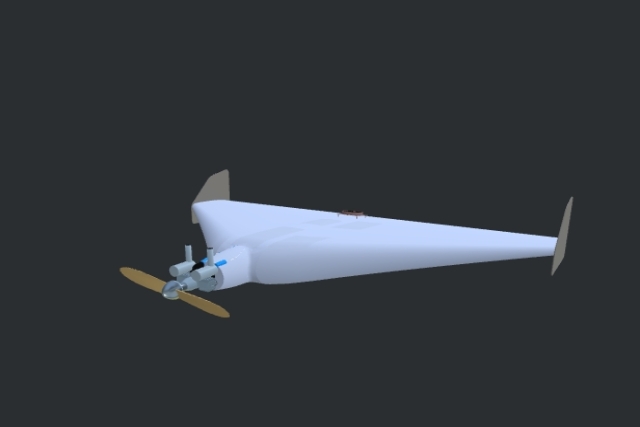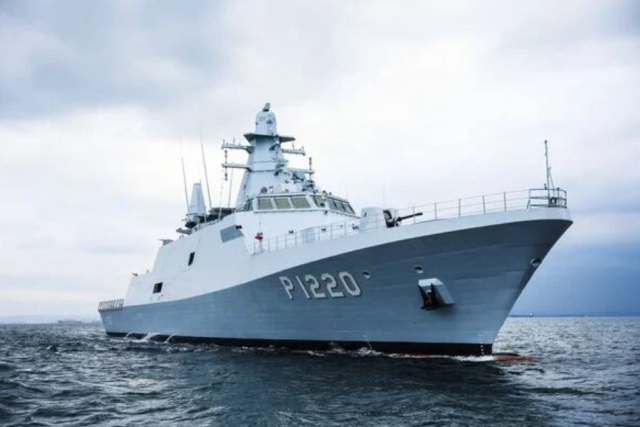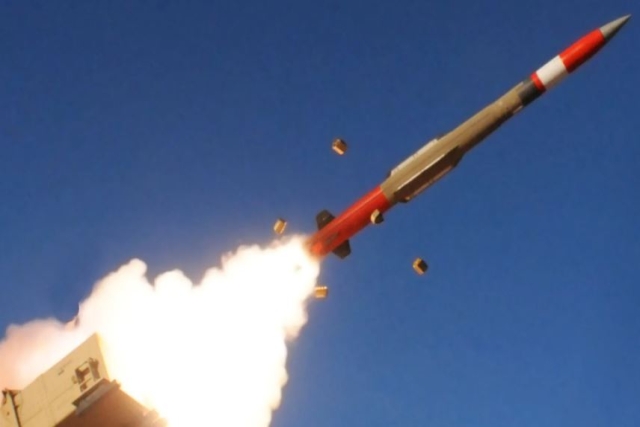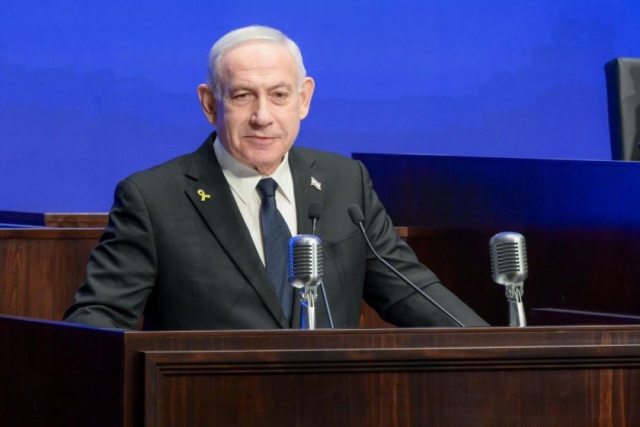India To Buy Israeli Anti-Tank Missiles, Russian VSHORADs Through Emergency Route
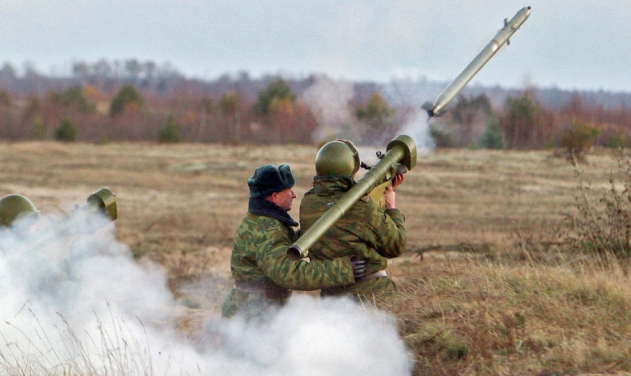
The Indian Army is likely to procure Spike-LR Anti-Tank Missiles from Israel and Igla-S Very Short Range Air Defence Systems (VSHORAD) from Russia through a set of new emergency financial powers sanctioned by the Defence Ministry earlier this month, according to defence sources.
“Under the latest emergency financial powers, armed forces have been given a free hand to procure equipment worth up to ₹300 crore on a priority basis. The Request For Proposal (RFP) for the two deals have been issued and negotiations are ongoing,” the source told The Hindu.
Entirely new systems not in use can also be procured under the new powers, the source added.
Under the emergency route, the Army is looking to procure about 12 launchers and around 250 missiles for each system. Deliveries have to be completed in three months, but extendable to six months. Tenders for both deals had gone through regular procurement process earlier.
Tenders for both deals had gone through regular procurement process earlier. While the Spike tender was cancelled during the cost negotiation phase, the deal for Igla, after repeated delays, is in the cost negotiation phase.
Spike is an Israeli anti-tank guided missile and anti-personnel missile with a tandem-charge HEAT warhead, currently in its fourth-generation developed by Israeli firm Rafael. The spike has a range of about 4 kilometres. It is available in man-portable, vehicle-launched, and helicopter-launched variants. It is a fire-and-forget missile with lock-on before launch and automatic self-guidance. The missile is equipped with an imaging infrared seeker.
The Russian Igla-S man-portable infrared homing surface-to-air missile is newest variant. It has an improved variant with longer range, more sensitive seeker, improved resistance to latest countermeasures, and a heavier warhead.

